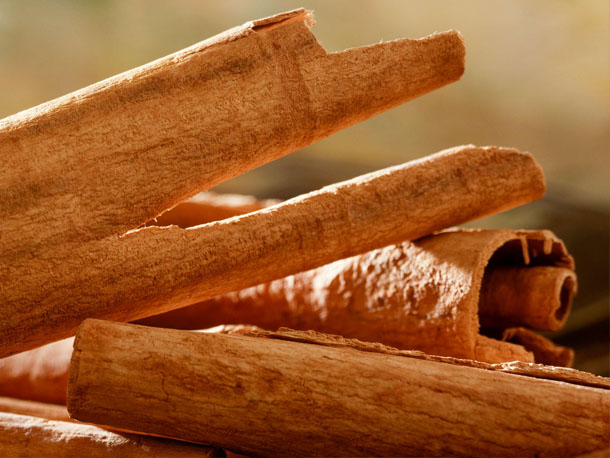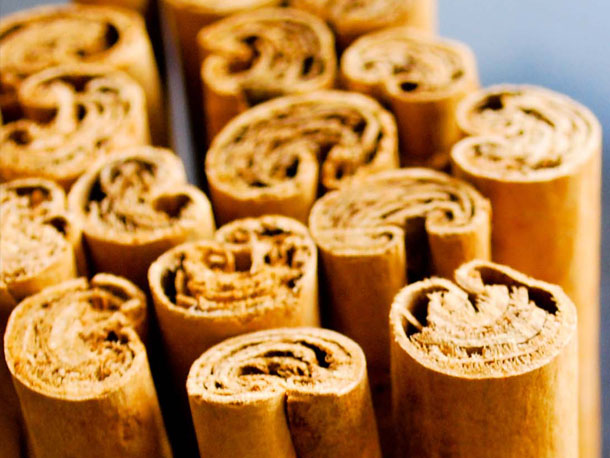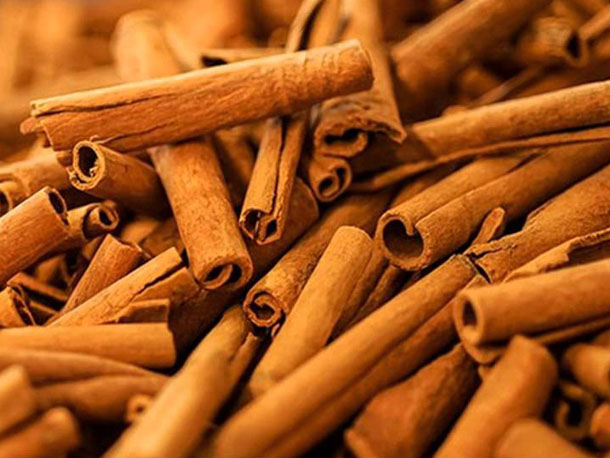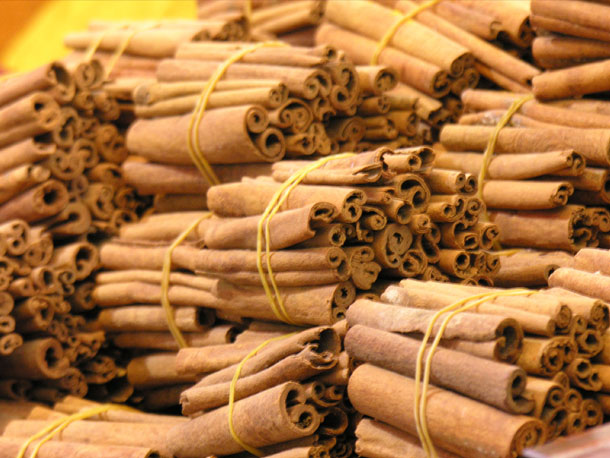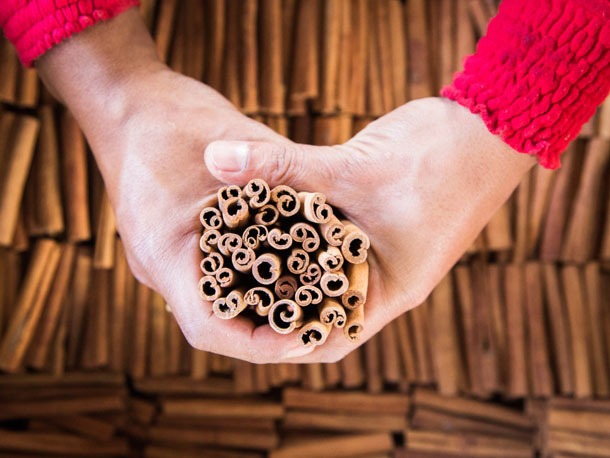Indian cinnamon planter highlights cassia ‘rip-off’
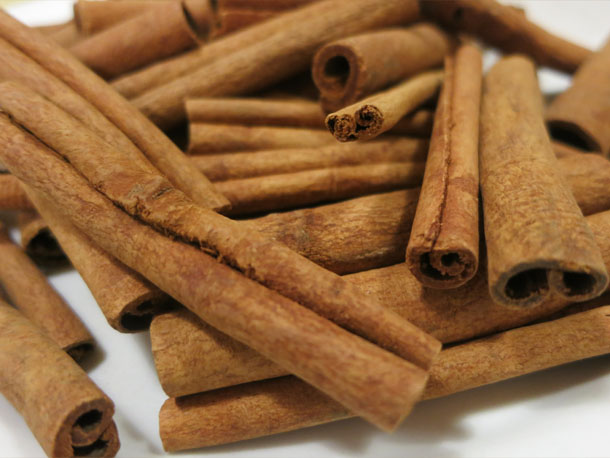
AN Indian cinnamon planter is striving to make his countrymen distinguish between cinnamon and its lookalike, cassia.
Leonard John, who is from Kannur, is contending that inability to differentiate the two might not only mean losing out on retail business, but could also cause potentially serious health issues.
Mr John told that “It’s a rip-off on consumers that is happening across the country as retail outlets are selling cassia disguised as cinnamon. Cassia costs about Rs35 ($0.76) per kg and cinnamon costs roughly Rs250. Consumers are largely ignorant and they are put at health risk by consuming cassia.”
The newspaper reported that Mr John was undeterred even after a death threat, apparently from importers of cheap cassia who passed their product off as cinnamon.
Rampant substitution of cassia for cinnamon began after western nations banned cassia, Observed. Until then, cassia and cinnamon commanded near-equal prices, but following the ban, cassia prices plummeted almost 90%. Mr John said importers seized on the opportunity to sell cassia disguised as cinnamon, leaving little demand for real cinnamon. Cassia imports are mostly from China and Indonesia.
Mr John has petitioned officials from various organisations but without much success so far.
However, the Food Safety and Standards Authority of India has acknowledged that the opinion of the Indian Institutes of Toxicological Research, Lucknow is that cinnamon and cassia belong to entirely different families.
The United Planters’ Association of Southern India has also acknowledged that given the good price of cinnamon and the small quantity that is available, “there is all possibility of imported cassia being sold as cinnamon in the domestic market”.
The food safety council’s stand is that the main ingredients of cinnamon are anthraquinone derivatives, instead of coumarin present in cassia. However, Mr John would point out that coumarin is used by pharmaceutical companies in manufacture of rodenticide, and that its consumption can hurt the kidney and liver.
Some say that is an alarmist approach. “We have no proven medical result that consumption of cassia can lead to serious problems of the kidney and liver”, a Spices Board official
Mr John is appalled that retailers are not keen to inform consumers. Retailers he says, take the attitude that it’s not their duty to educate clients.
The cinnamon planter is keen to ensure that cinnamon plantations in the country – mostly in north Kerala, and Managalore – do not fade into the horizon.
“Of course I would benefit, too, being a cinnamon planter, if real cinnamon gets back its deserved place in the kitchen”, he admits.
His efforts are paying off on some local consumers. “Some of them are now buying real cinnamon from me at Rs300 per kg. They don’t want rat poison on their plates,” he said.
Cinnamon (Cinnamomum zeylanicum) and cassia (Cinnamomum cassia) can easily be mistaken for one another. Cinnamon sticks are light brown, thin and soft, unlike cassia sticks that are dark brown, thicker and harder. In powdered form, it is even more difficult to tell them apart.

